Yes – you can totally plant seeds in the dead of winter!
Winter sowing is a propagation process used in temperate climates where seeds are sown into ventilated containers and placed outside. This method allows for high germination rates of resilient seedlings that are well-timed with changing seasonal conditions. This method is common for hardy perennials, hardy annuals, and cool-season vegetable seeds, as it typically produces strong seedlings without the need for indoor lighting setups.
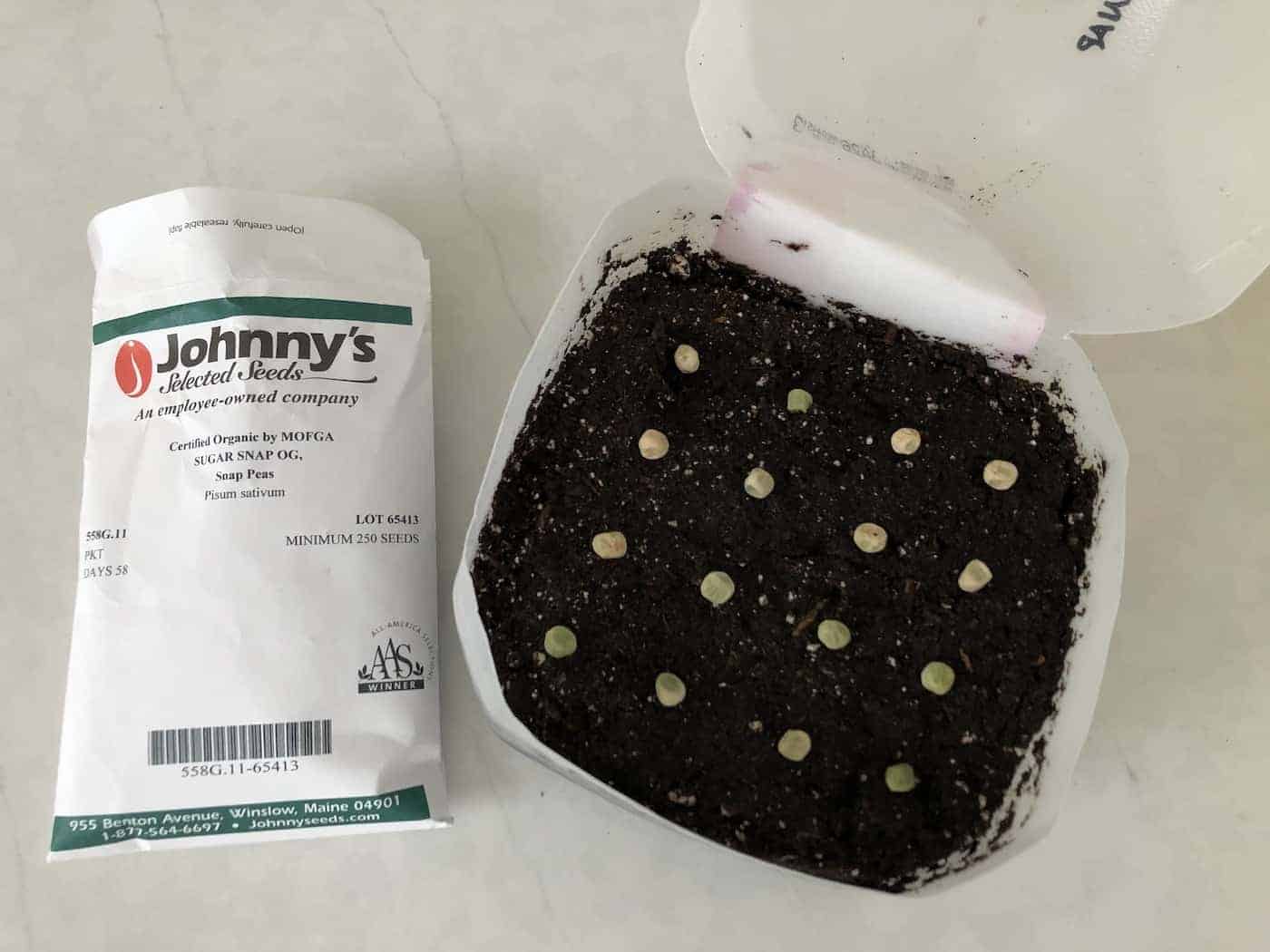
Introduction to winter sowing
Winter sowing is an outdoor seed-starting method for freezing climates that uses repurposed plastic containers to create mini outdoor greenhouses. Recyclables such as milk jugs are adapted to have removable tops, air holes, and drainage slits. These containers are then filled with moist potting soil and topped with frost-hardy seeds. The container is then closed and placed outdoors in the elements so the seeds can sprout as they would in a natural setting.
Winter sowing was invented by gardener Trudi Greissle Davidoff of New York. She had lots of seeds to plant but had very limited indoor space in which to start them. She successfully germinated them outdoors and then shared her method in 2000. Winter sowing has taken off as an easy, low-maintenance way to grow hardy seedling plants at home.
The seed-starting method of winter sowing is one of the most beginner-friendly and most cost-effective ways to grow seeds into healthy baby seedling plants in a protected environment. The seedlings generally don’t need much care once they’ve germinated and also don’t require the standard “hardening off” that indoor-raised seedlings require to become acclimated to the weather outdoors. Winter sowing is the perfect method to try if you love having lots of plants around!
Supply list for winter sowing
- Plastic containers from the recycling bin
- Utility knife or scissors
- Paint marker
- Potting mix
- Seeds (see list below)
Here’s a link to a list of seeds that work well for winter sowing.
How to plant seeds using the winter sowing methods
Here are the basic steps to the winter sowing gardening method of starting seeds:
- Collect recyclable containers to make flats (milk jugs, take-out trays).
- Make a hinge in containers without a top half (milk jugs or pop bottles) by cutting through the sides (see photos below).
- Cut drainage holes in the bottom of each flat.
- Cut air circulation holes in the top of each flat (or take off the cap).
- Label each flat with a UV-resistant garden permanent marker.
- Dampen potting soil with clean water (clumpy, not muddy).
- Fill each flat with potting soil about 3″-4″ deep.
- Plant one type of seed in each container/flat (see lists below for ideas):
- Tiny seeds are sprinkled onto the surface and patted down.
- Larger seeds are pushed down into the soil to the specified depth.
- Tape the top of the flat down to the bottom with duct tape or packing tape.
- Place the planted flat outdoors, exposed to precipitation and sun.
- Watch for seeds to germinate into tiny sprouts in the spring.
- Cut more holes/side windows for increased air circulation as temperatures increase.
- Open the top on warm days and consider removing it after the chance of frost.
- Gently remove the seedlings from the container once they can survive without the top, and break or cut them apart.
- Transplant the seedlings into the garden.
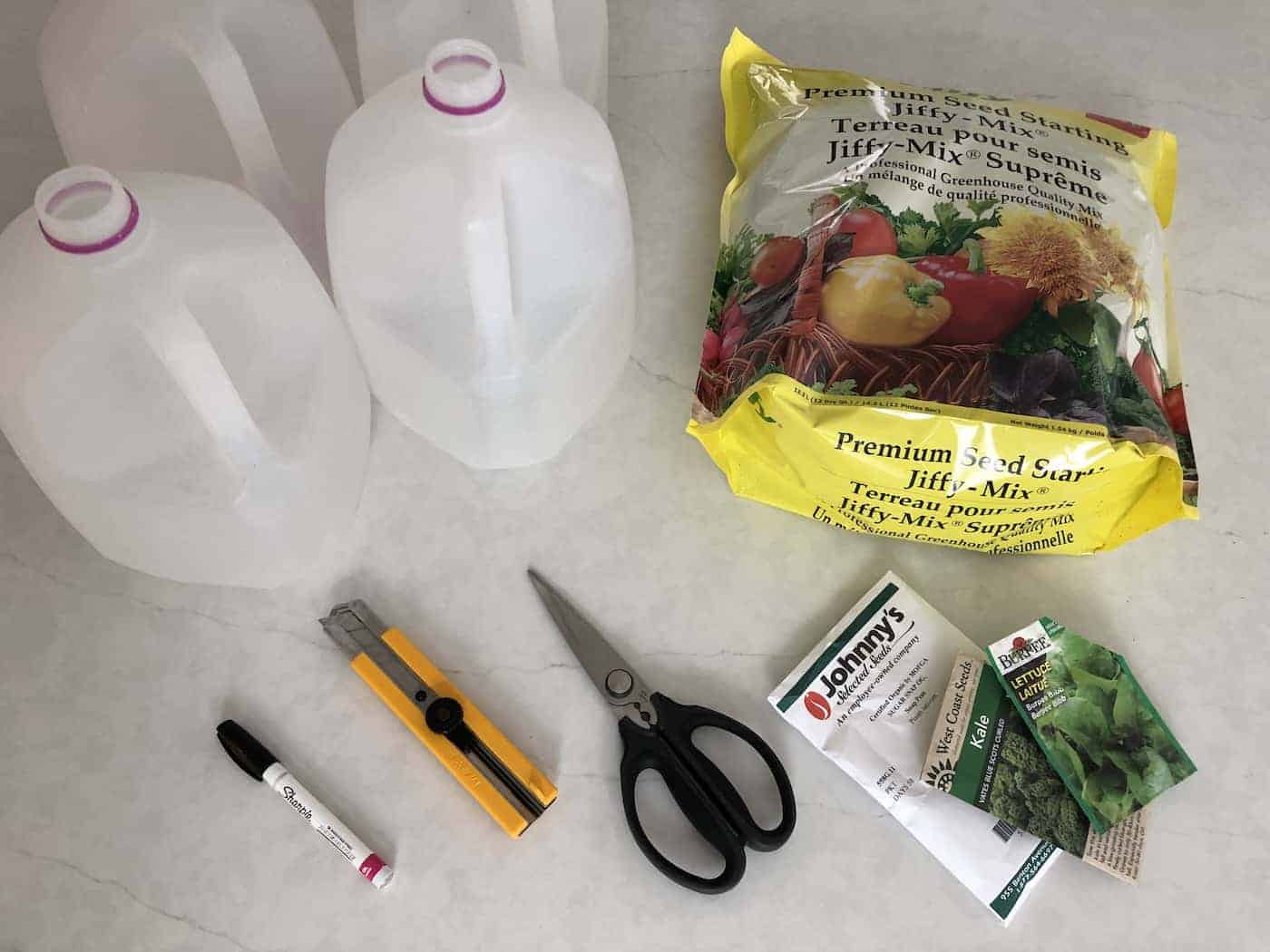
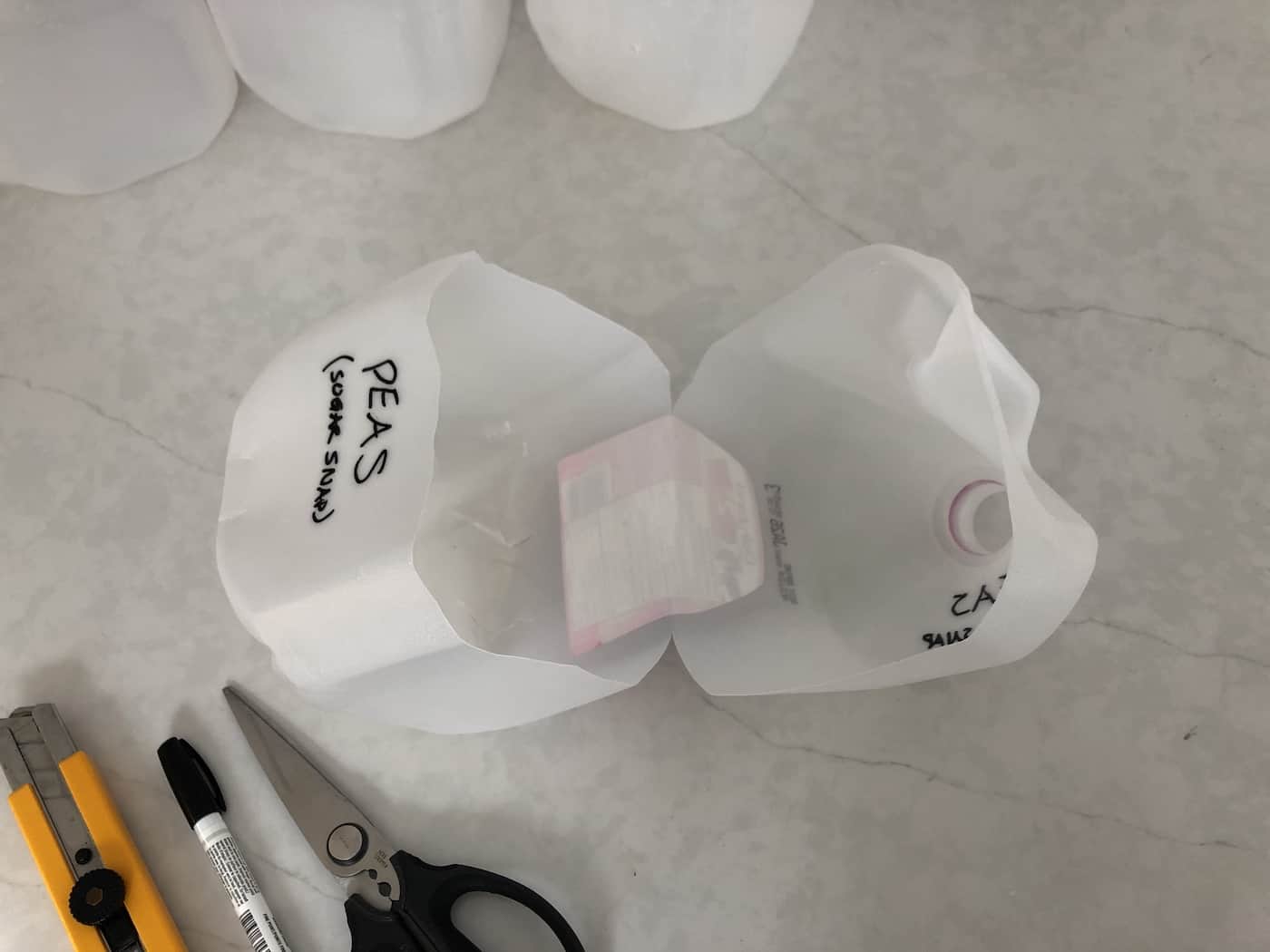
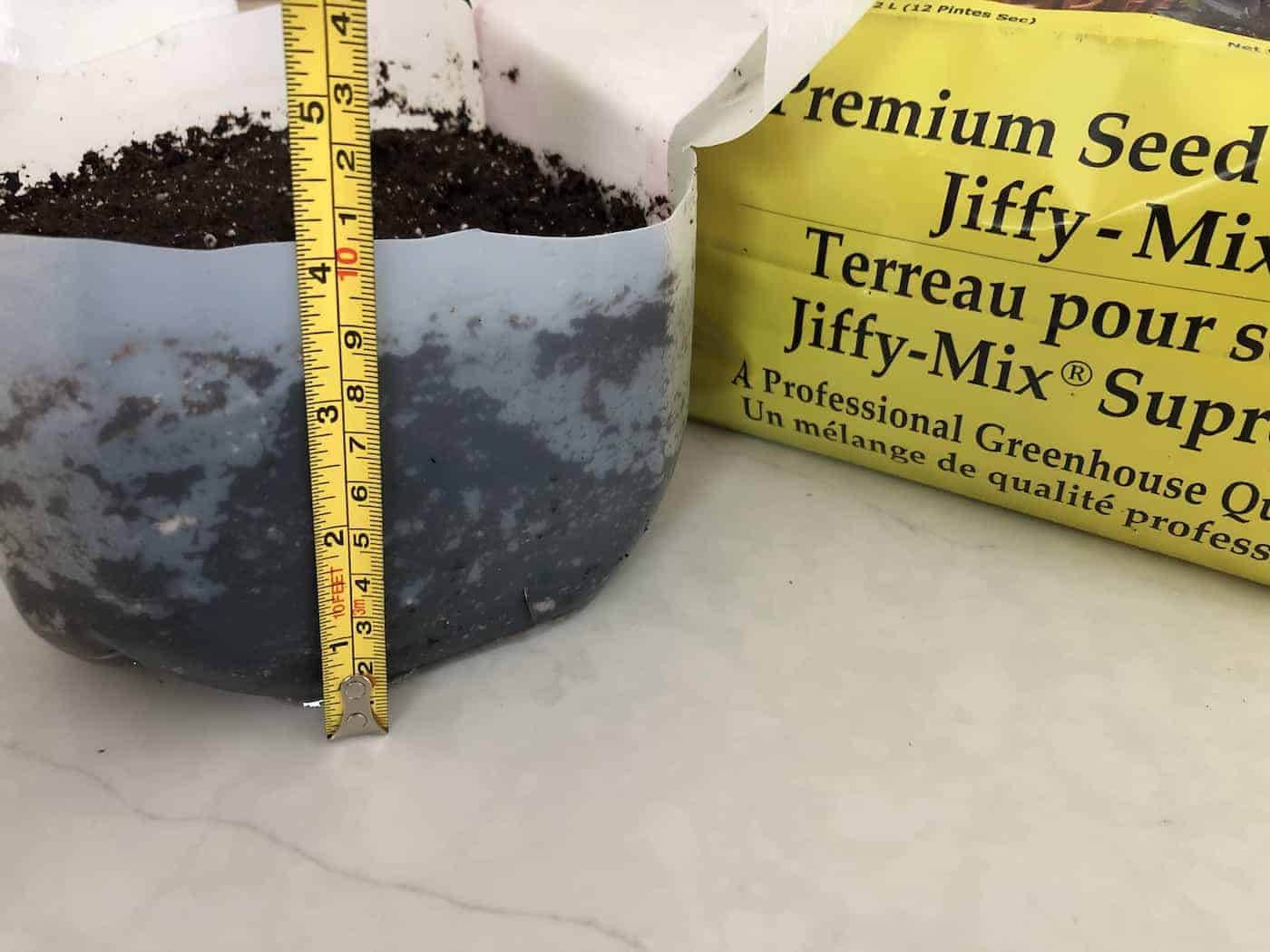
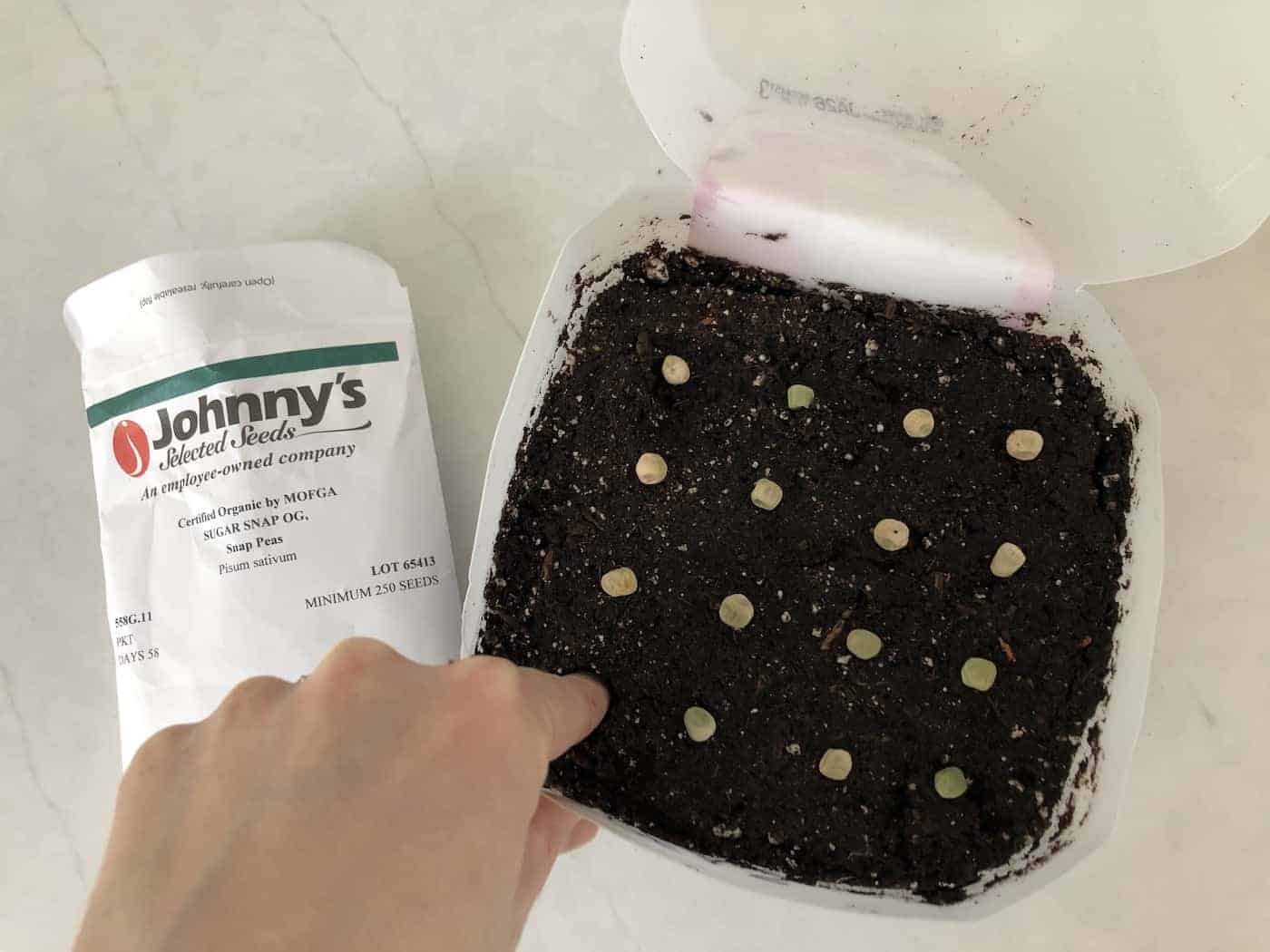
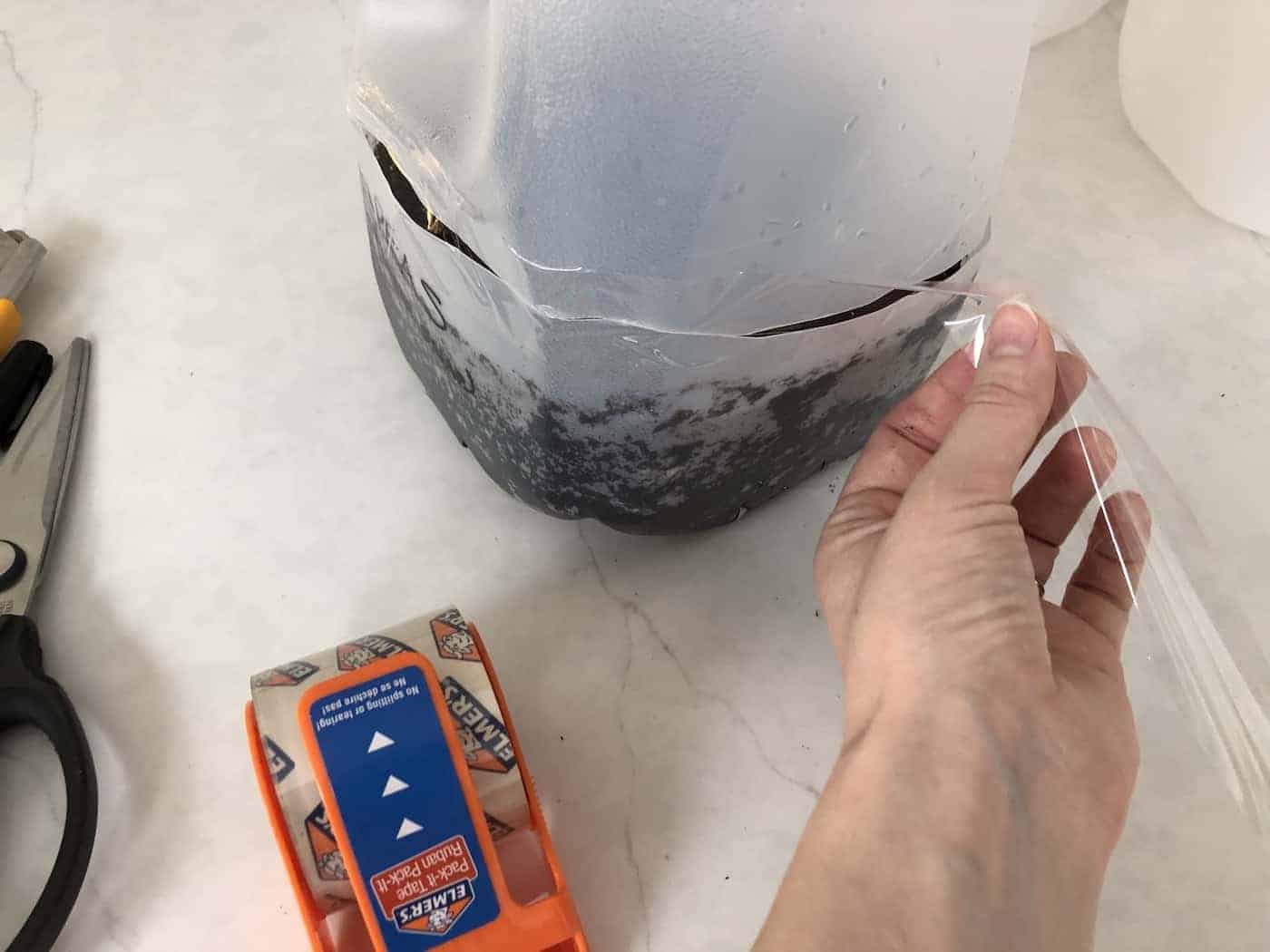
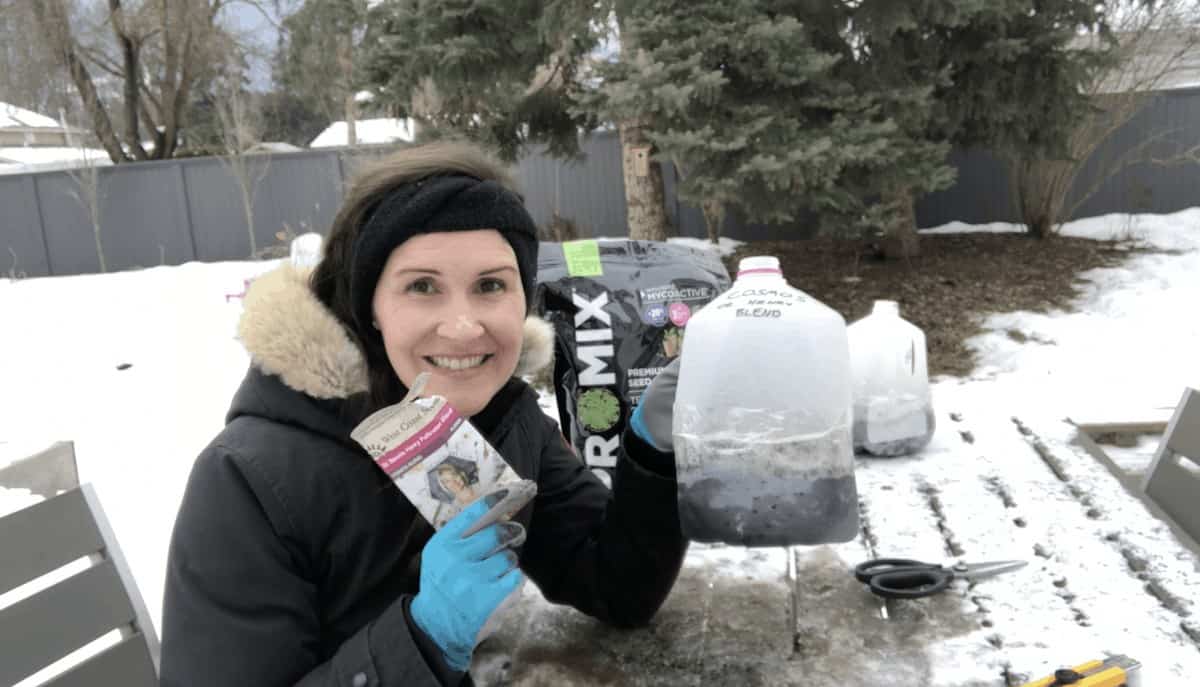
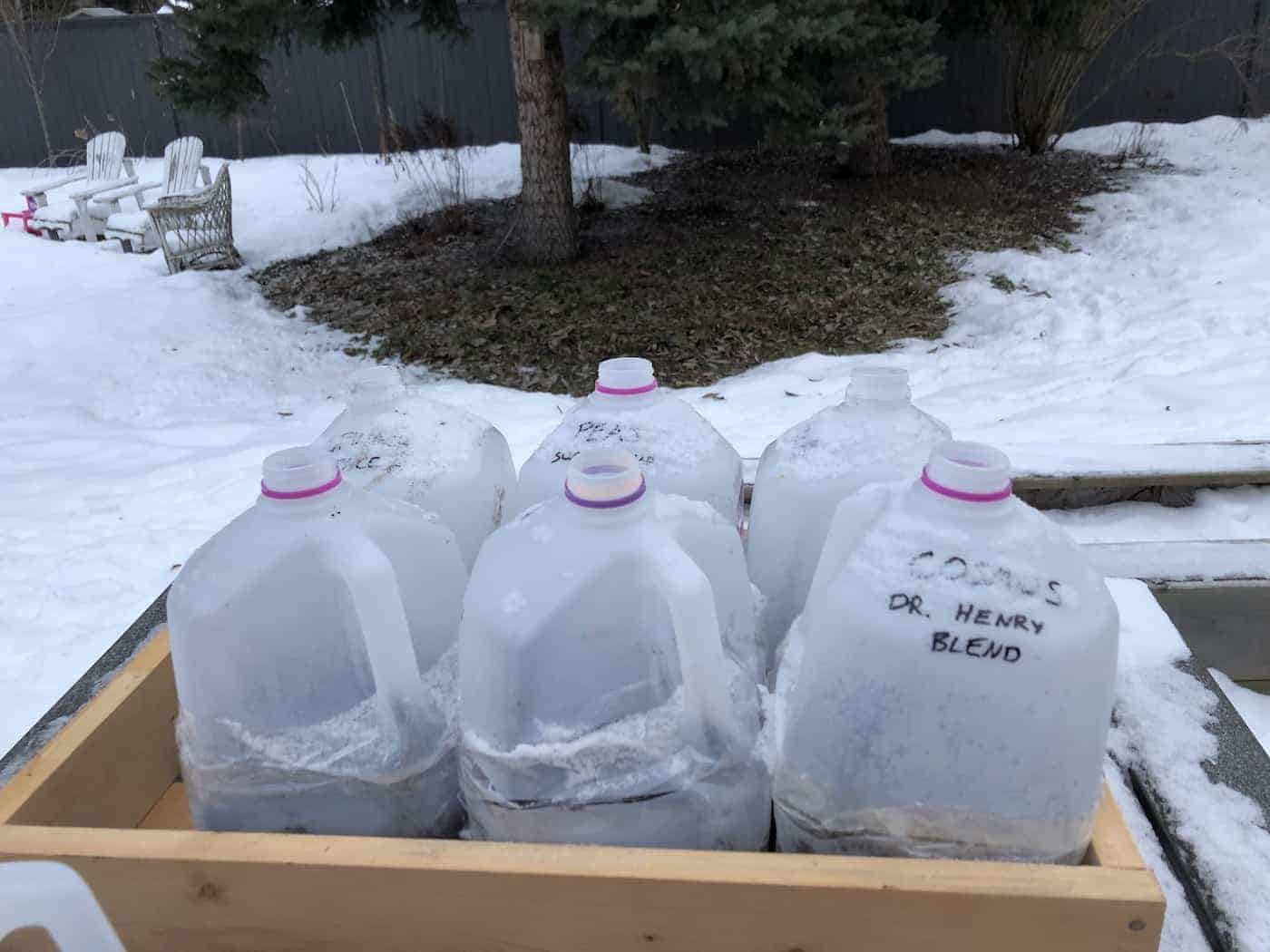
The best seeds for winter sowing
The best types of seeds for winter sowing are frost-tolerant seeds, especially those that self-sow and can be direct-sown early. This includes many native perennials and wildflowers, as well as select hardy herb and veggie seeds.
Flower seeds for winter sowing
Here are some excellent flower seeds for winter sowing:
- Aster (Aster)
- Bachelor’s Button/Cornflower (Centaurea cyanus)
- Balloon Flower (Platycodon grandiflorus)
- Bee Balm (Monarda)
- Bellflower (Campanula)
- Black-Eyed Susan (Rudbeckia hirta)
- Blanket Flower (Gaillardia)
- Blue Wild Indigo (Baptisia australis)
- Canterbury Bells (Campanula medium)
- Cardinal Creeper (Ipomoea x multifida)
- Cardinal Flower (Lobelia cardinalis)
- Catnip (Nepeta)
- Celosia (Celosia)
- Columbine (Aquilegia)
- Coneflower (Echinacea)
- Cornflower (Centaurea cyanus)
- Cosmos (Cosmos)
- Cranesbill (Geranium)
- Cypress Vine (Ipomoea quamoclit)
- Daisy (Bellis perennis)
- Delphinium (Delphinium)
- Evening Primrose (Oenothera)
- Foxglove (Digitalis)
- Golden Everlasting/Strawflower (Xerochrysum bracteatum)
- Hollyhock (Alcea)
- Larkspur (Delphinium consolida)
- Lavender (Lavandula)
- Lupin (Lupinus)
- Lyreleaf Greeneyes/Chocolate Flower (Berlandiera lyrata)
- Marguerite (Argyranthemum frutescens)
- Marigold (Calendula)
- Monkshood (Aconitum)
- Ornamental Tobacco (Nicotiana)
- Pink (Dianthus)
- Poppy (Papaver)
- Snapdragon (Antirrhinum)
- Sunflower (Helianthus)
- Yarrow (Achillea millefolium)
Herb seeds for winter sowing
Here are some herbs that are great for winter sowing:
- Chervil (Anthriscus cerefolium)
- Chives (Allium schoenoprasum)
- Cilantro (Coriandrum sativum)
- Dill (Anethum graveolens)
- Mint (Mentha)
- Oregano (Origanum vulgare)
- Parsley (Petroselinum crispum)
- Sage (Salvia officinalis)
- Salad Burnet (Sanguisorba minor)
- Savory (Satureja hortensis)
- Thyme (Thymus vulgaris)
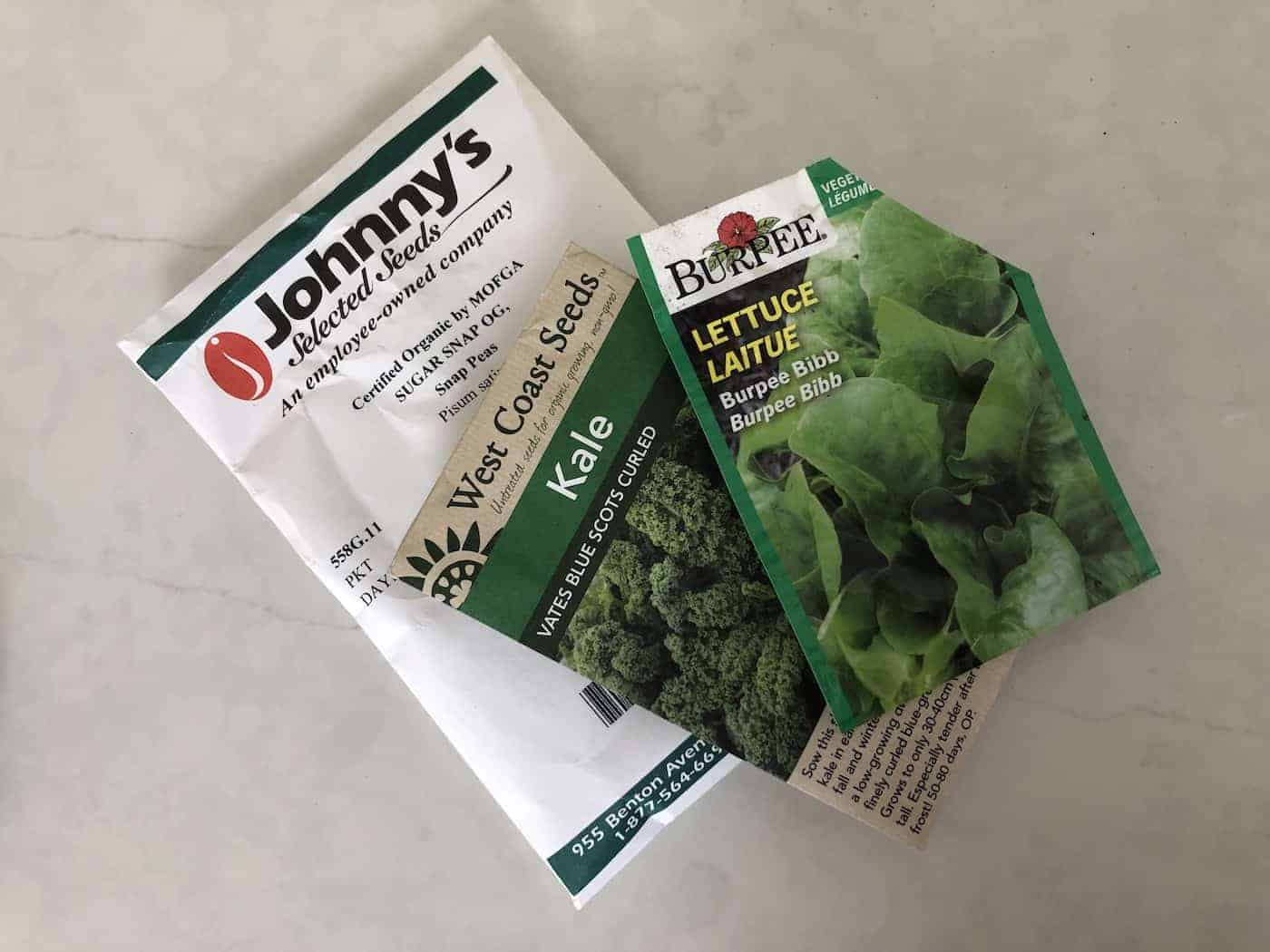
Vegetable seeds that can be winter sown
Here are some cool-season vegetable seeds for winter sowing:
- Arugula
- Beets
- Bok Choi
- Broccoli
- Brussel Sprouts
- Cabbage
- Carrots
- Cauliflower
- Collard Greens
- Endive
- Green Onion/Scallion
- Kale
- Kohlrabi
- Leek
- Lettuce
- Onion
- Pak Choi
- Pea
- Radicchio
- Radish
- Shallot
- Spinach
- Swiss Chard
Countless more hardy types of seeds will work well for winter sowing! Even seeds that naturally live in warm climates can be winter sown (they just may need to be sown later in the winter and protected from any cool temperatures after germination).
Benefits and drawbacks of winter sowing your seeds
Here are some of the benefits and drawbacks of Winter Sowing:
Benefits of winter sowing
- Low Cost – no special seed starting flats, lights, or heating mats needed
- Easy – steps are simple and can be done by beginners
- Low Maintenance – little care or upkeep required after planting
- No Indoor Space – doesn’t occupy interior living space
- Energy Efficient – no electric plant lights or heating mats required
- Lots of Seedlings – typically very high germination rates
- Seedling Health – seedings are naturally stocky and hardy
- No Hardening Off – no transition back-and-forth period
- Keeps Seeds in Place – keeps directly-planted seeds from washing away
- Protects From Birds – protects directly-planted seeds from being eaten
- January Gardening – allows you to reasonably start gardening very early
Drawbacks to winter sowing
- Timing – seeds germinate when they want to (can be months after planting)
- Late Cold Spell – late spring cold spells can kill tender seedlings that germinated during warmer temperatures (they may survive with extra cover during the cold temperatures)
- Cover Chores – covers must be removed on warm days and replaced on cool nights, and more air vents will likely be required
- Lid Removal – cover lids often must be cut off completely as seedlings outgrow available height
- Transplanting – requires pulling seedling mass out of container and transplanting seedlings into the ground (unlike direct seeding)
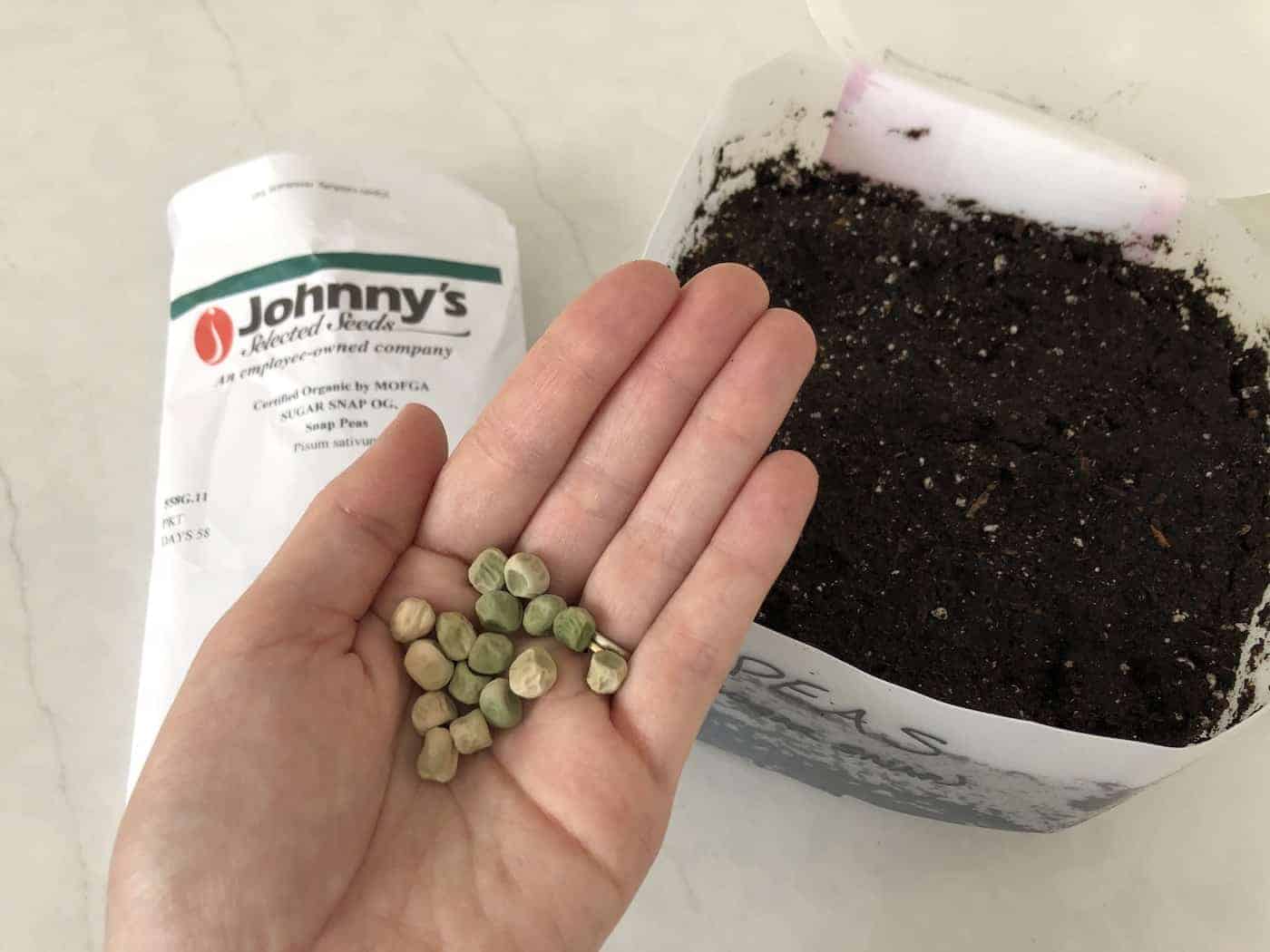
When to do winter sowing
Winter sowing is done between the winter solstice and the last frost of springtime. Most often, seeds are winter sown during the months of January-March in temperate climates. It’s not uncommon for gardeners to order their seeds on Boxing Day so they have them in hand for planting early in the New Year.
Most gardeners tend to spread their winter sowing planting out over several weeks or months. Seeds for plants that are hardy to your growing zone can be sown first – any time after the winter solstice.
The seedlings of tender annuals grown in cold areas will need protection beyond what the milk jug or container lids provide. To mitigate losses of tender winter-sown plants, many gardeners wait until March or April to winter sow or simply provide additional cover/warmth to the milk jugs during cold spring spells.


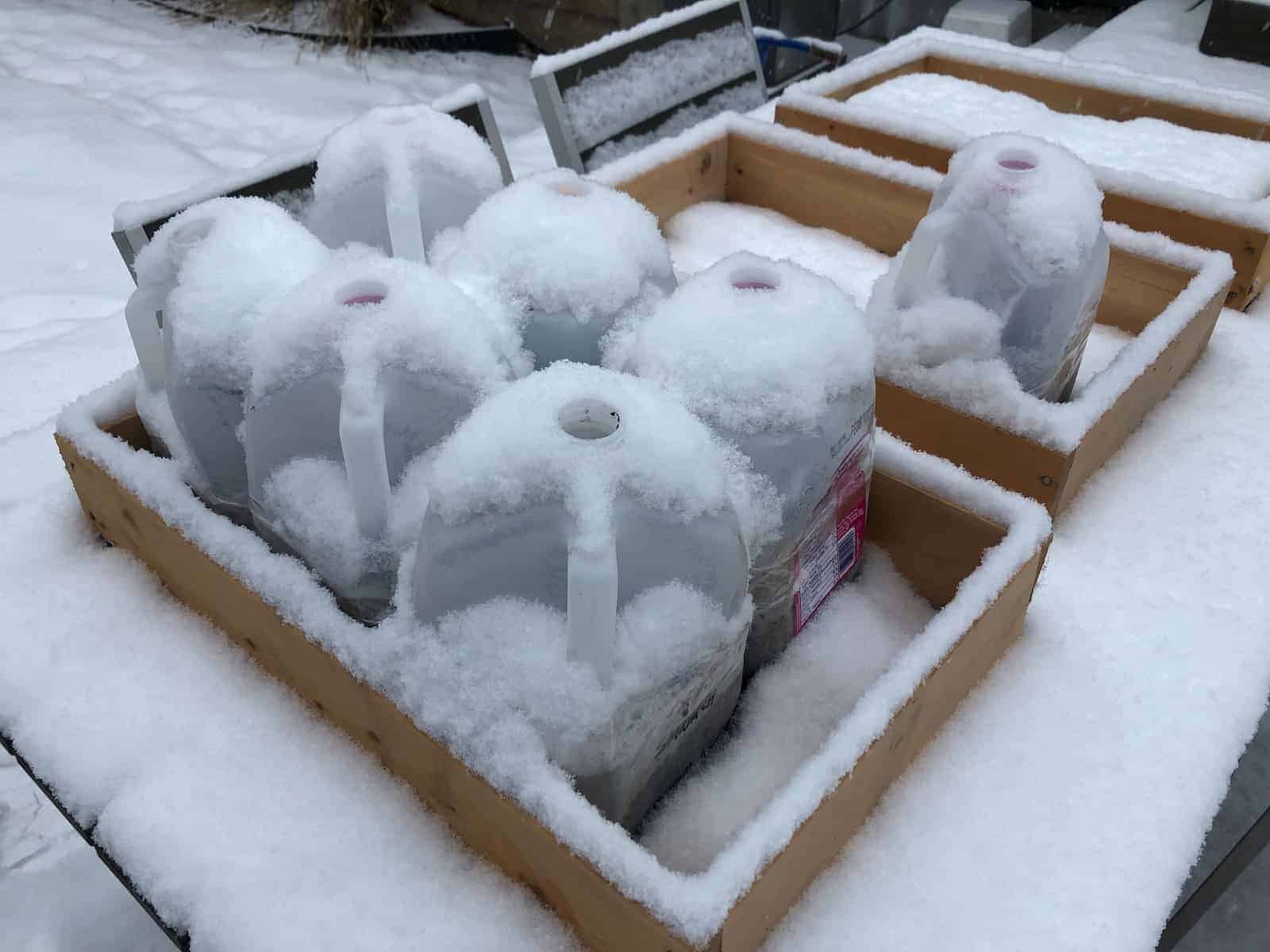
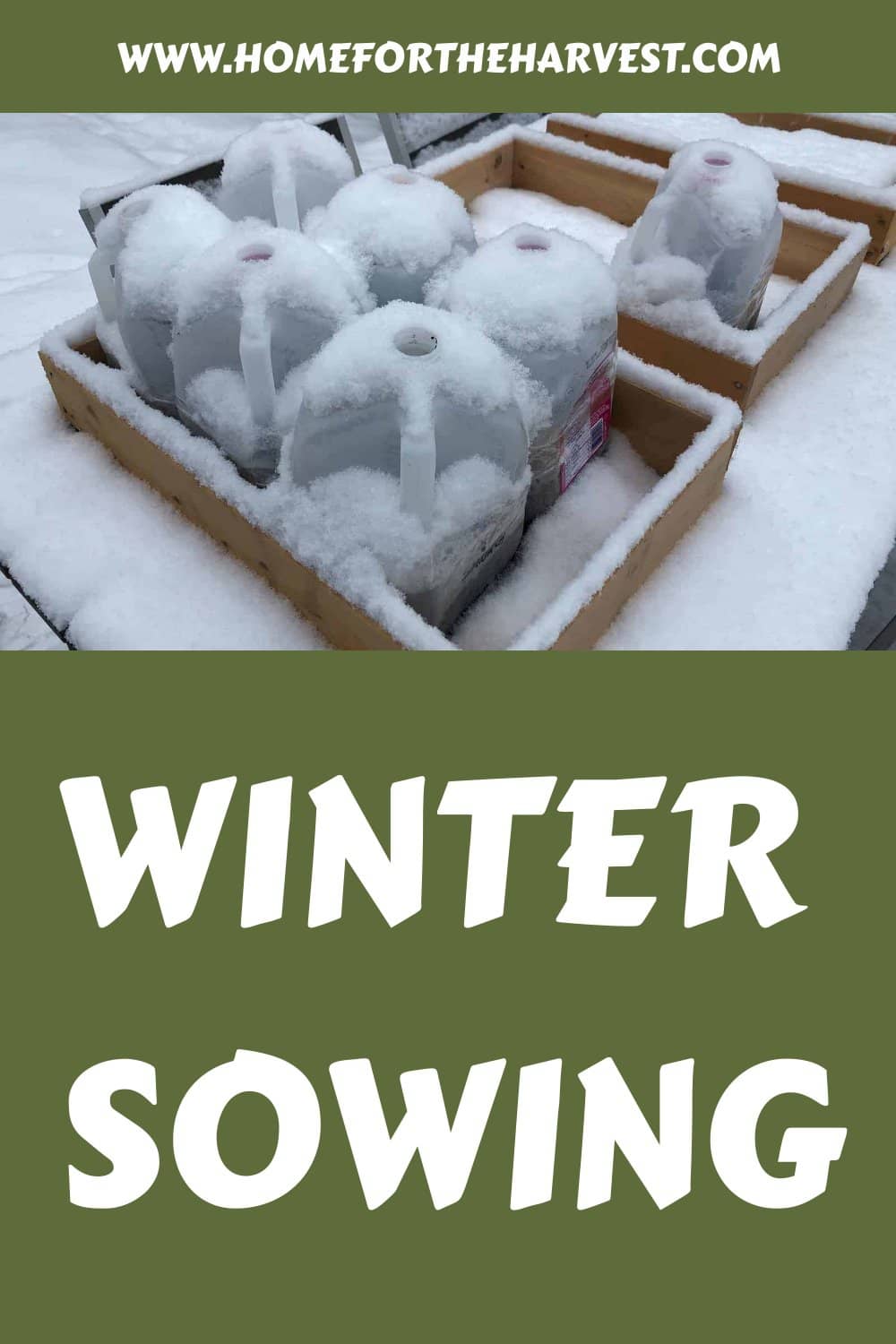




I tried winter sown and was not told to water. I did not meet with success. What did I do wrong?
I do water mine a bit after planting. I leave the lids off so some snow and rain can get in naturally, and if its really dry out, I do pour a bit of water in there to keep the soil moist. Germination won’t happen without adequate moisture.